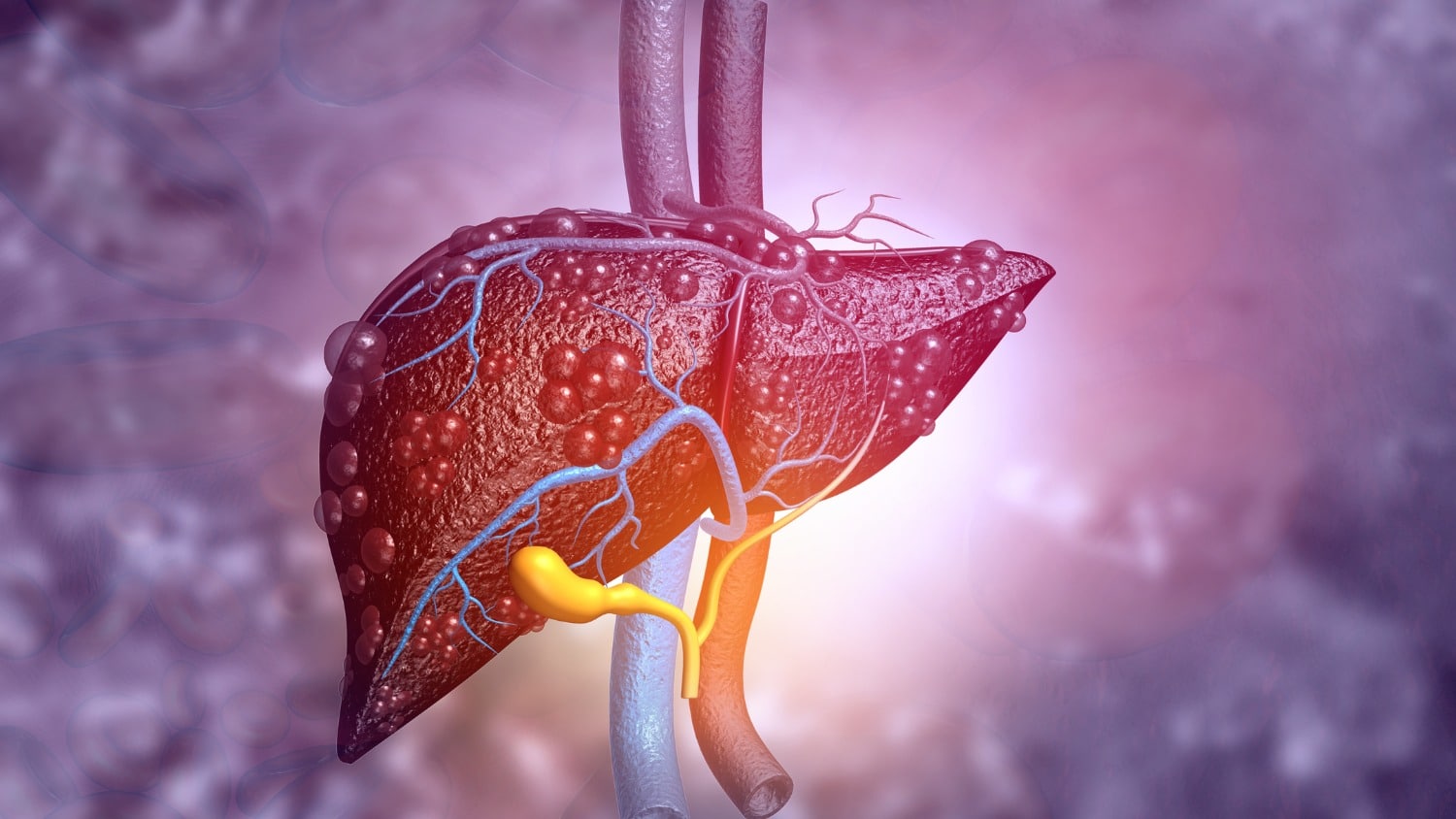
Foods that Can Help If You Suffer from Liver Disease
Have you been told you have fatty liver disease or are at risk for developing it? Research estimates that as many as 25% of the US population has this condition. That’s close to 100,000,000 people!
It may be asymptomatic in many, but having it is indicative of a high risk for symptom development as well as serving as a trigger for metabolic diseases such as Type II diabetes, kidney and heart problems.
It’s not unusual to give little thought to your liver until you receive a diagnosis of fatty liver disease. But once diagnosed, there is much you can still do to improve your health and to stop the progression of liver disease.
What Is the Liver?
Let’s start with getting to know our livers. The 3-pound liver is the largest solid organ in the body and is located beneath the rib cage in the right upper abdomen. It is a hard worker that acts like a cleansing agent in the body, removing toxins from the body’s blood supply.
It helps maintain healthy blood sugar levels, regulates blood clotting, and performs hundreds of other vital functions including:
- Activating enzymes to aid a variety of bodily functions
- Converting nutrients to energy
- Producing bile to aid digestion
- Breaking down carbohydrates, fats and proteins
- Storing iron
- Synthesizing blood proteins and helping with blood clotting factors
Along with its ability to filter toxins, your liver can find, catch, and destroy harmful bacteria, viruses, and other germs that get into your body through food. It has immune receptors that eat germs and can launch a full-blown immune reaction when needed.
The liver has a relationship with the gall bladder. It secretes bile to the gall bladder to aid in the breakdown of fats. You can survive without the gall bladder but not without the liver.
Causes of Fatty Liver Disease
Fatty liver disease can be classified as a lifestyle disease. Contributing factors are poor food choices, obesity and lack of exercise. Causes of other types of liver disease may be medications, especially acetaminophen which accounts for at least one third of toxic liver disease, hepatitis, and chronic alcoholism.
Medical Approach to Fatty Liver Disease
Usually, the first line of treatment is to lose weight, as nearly everyone with a fatty liver is overweight. For those with fatty liver who are not overweight, the types of foods you eat or chronic medications may be the cause. In either case, starting with healthy eating works for everyone.
Weight loss helps reduce fat, inflammation, and scarring in your liver. Losing just 3% to 5% of your body weight can cut down on how much fat is in your liver. Along the way to healing your fatty liver, you will also lower your blood pressure by losing as little as 5% of your body weight.
Let’s do the math to give one example:
You have fatty liver disease, and you weigh 205 pounds at the time of diagnosis.
Then you lose 10.25 pounds, resulting in a weight of 194.75 pounds.
You have accomplished a 5% weight loss, a worthy goal for reducing fat in your liver.
Let’s say you repeat this process and start the calculation at 194.75 pounds.
You lose 9.74 more pounds, resulting in a weight of 185.01. That’s a 20-pound net loss, a great benefit to reducing the fat in your liver.
Taking weight loss in little bites can be much easier than starting off thinking you need to lose 20 pounds.
Your blood pressure will also reduce as you lose this weight.
But how can you painlessly lose weight? You may have tried many diets in the past, depriving yourself of food because your diet called for calorie counting rather than nutrient counting. It’s much easier to lose excess weight when you eat healthy because the nutrients in healthy food will satisfy you and give you wanted energy.
Foods for Weight Loss and Healing Your Liver
The famous quote by the Greek physician Hippocrates, “Let food be thy medicine and let medicine be thy food” has stood the test of time.
The food choices you make play a vital role in the development of fatty liver disease. The best way you can regain control over your food is to buy and prepare the majority of what you eat.
As a chef in my nutrition training program commented years ago, “The diner has no idea of what we put in food to make it taste good. Oils, high fructose corn syrup, salt and refined sugar are standards.” The only way you know what you are consuming is to prepare and season your food yourself. The results will be worth the effort.
Here’s a list of what to avoid, and I’ll follow it with a list of foods to eat:
Avoid
Avoid fats from vegetable oils, high fructose corn syrup, processed foods with multiple additives and chemicals, artificial sweeteners, refined sugar, poor quality supplements and over-the-counter medications unless prescribed. Remember also that chemicals you rub on your skin are absorbed into the body and can stress your liver.
Include
Include rich, organic whole foods, especially green vegetables. They are very friendly to the liver because of the astringent qualities of most greens. If you eat meat, poultry or seafood, choose meats with no added hormones or antibiotics; poultry with no antibiotics and choose wild caught seafood, especially wild salmon and cod. Extra virgin olive oil is also fine, as are organic brown rice, quinoa, barley and other whole grains, seeds and nuts.
Become a Label Reader
We can’t buy every item we use or consume unpackaged, so for those that come in a package, read the labels carefully. For food, limit the number of non-food ingredients (preservatives, artificial flavors, etc.) and choose items with few if any additives.
If you are new to cooking your own food, start gradually. Cut back on restaurant dining and take out slowly until you shift the balance to more home cooked meals. As you shift, you will notice how satisfying home cooking can be.
Experiment with spices and seasonings like turmeric, cumin, basil, thyme, ginger and cinnamon that are pure with no added salt to enhance the flavors of your food. Make garlic a part of your cooking. I have many recipes on my blog.
A diagnosis of fatty liver disease can be the trigger that propels you into making healthy changes in your lifestyle. The human body has great capacity for healing and with careful attention to positive changes you will notice the difference in how you feel and how you look.
If you have fatty liver disease and find these suggestions helpful, please share with us how you plan to improve your liver health.
Let’s Have a Conversation:
Have you been diagnosed with liver disease? What symptoms of this disease are you experiencing? Are there foods you’ve decided to take off your diet and others you’ve had to introduce?
Disclaimer: This article is not intended to provide medical advice. Please consult with your doctor to get specific medical advice for your situation.






